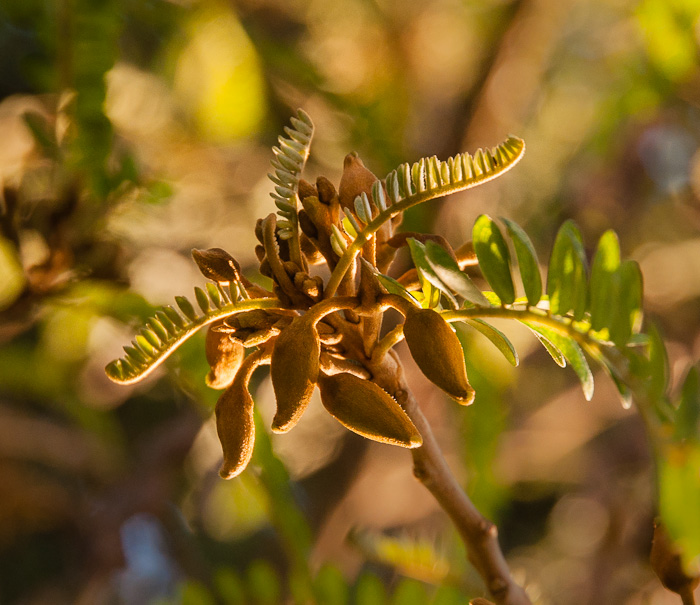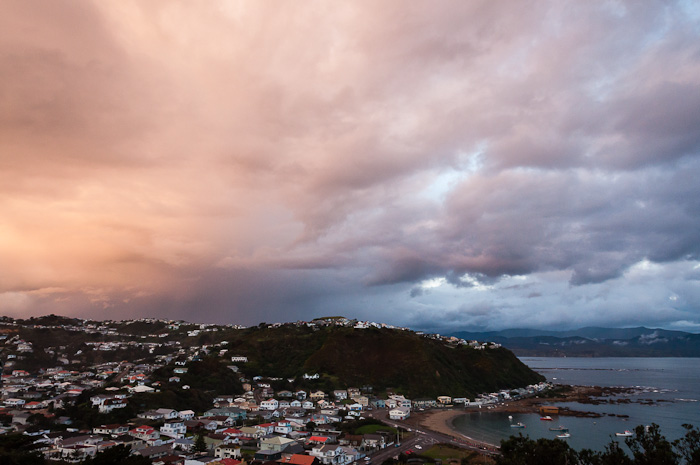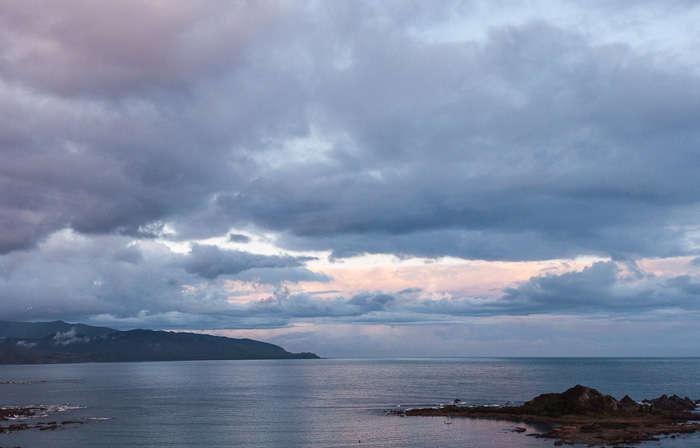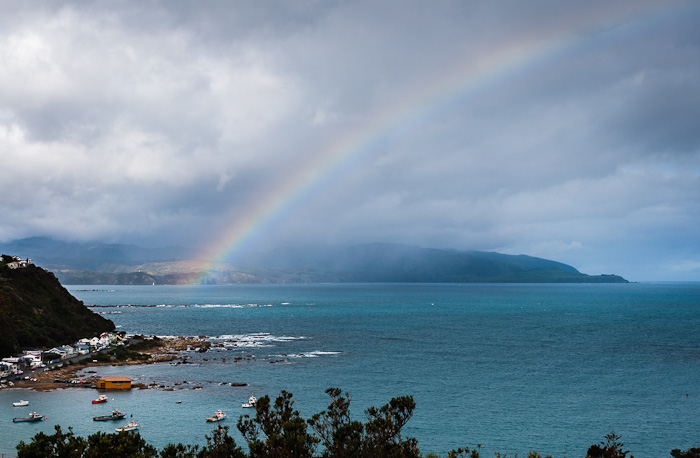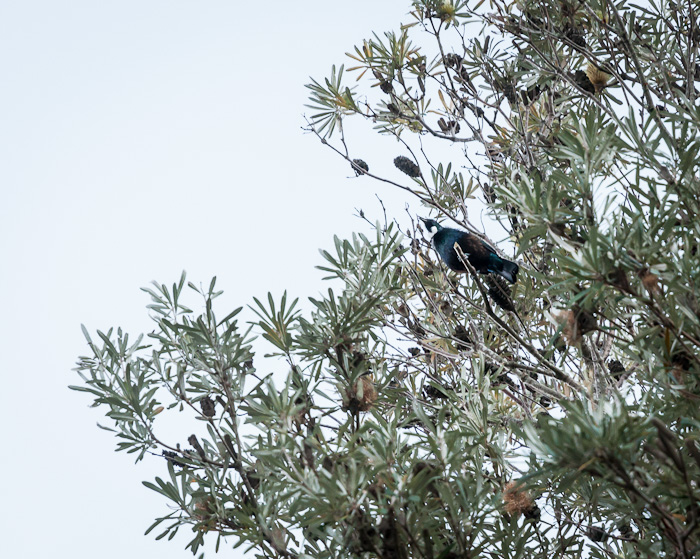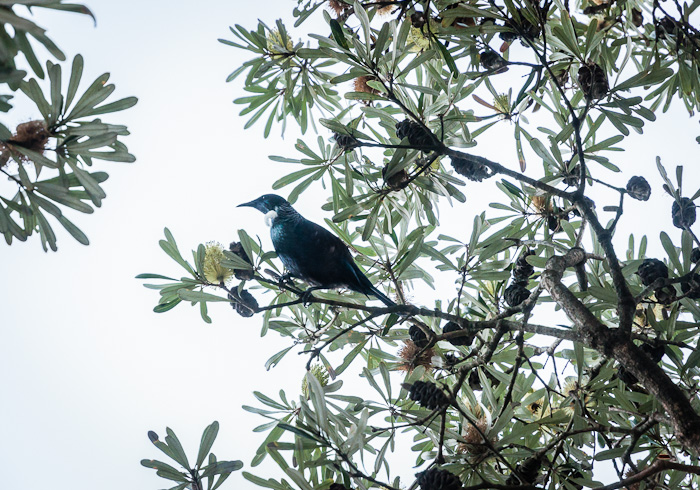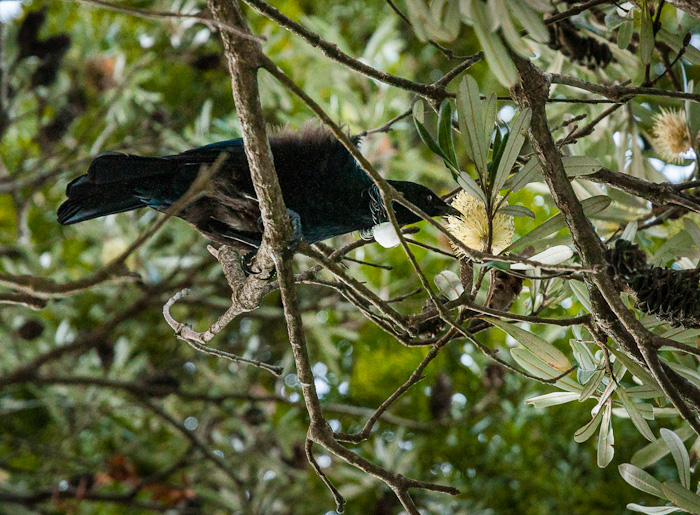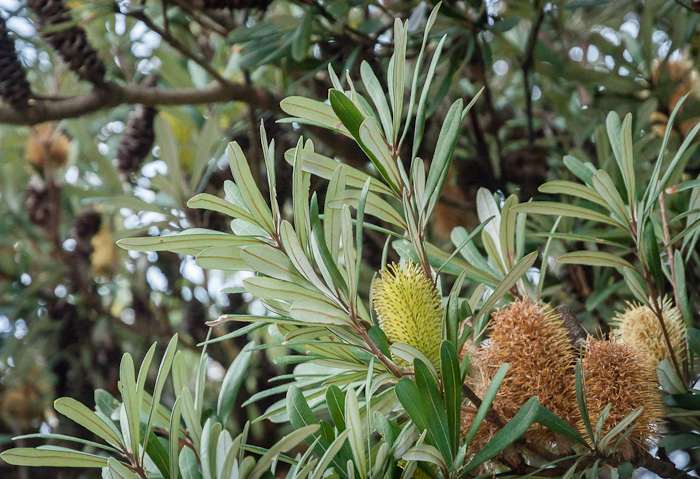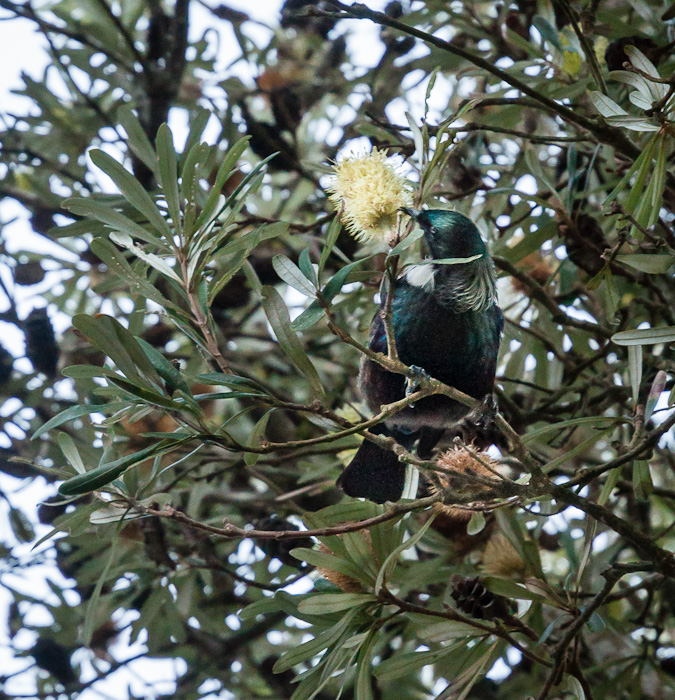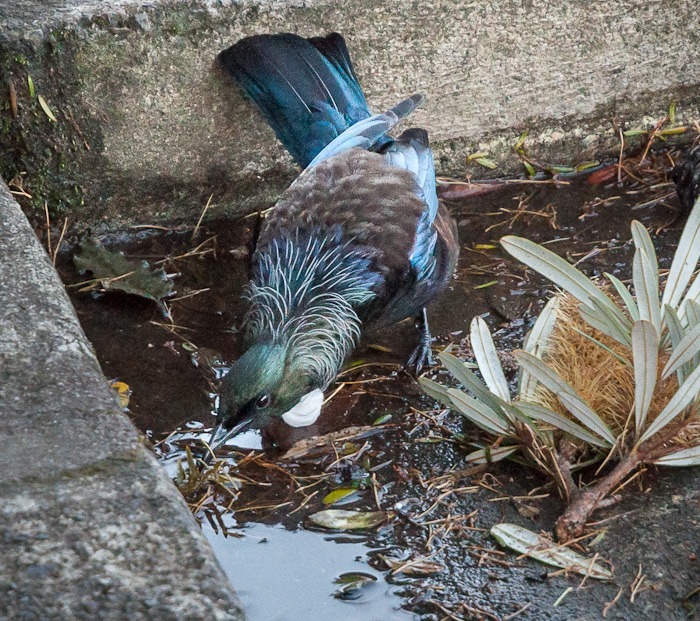Also known as Canary Island tansy, it is an endangered plant there. The area where it is found is only 4 square kilometers in size. There are many special plants from the Canary Islands in similar peril - dwindling populations of mature plants growing in increasingly disrupted habitat.
Although rare in the wild, where it grows in pine forests and on cliffs and rock faces, it has been quite popular as a bedding plant where it enjoys much more coddling. But it is quite tough. The white hairs on the leaves and stems help it to cope with wind and drought and thus survive in my garden.
My plant is about five years old and had become quite overgrown and woody, so I pruned it quite hard after it flowered in summer - small white daisy-like flowers, possibly the reason for the name (ptarmic means "substance which causes sneezing") although they don't get me sneezing. Obviously plenty of seeds were produced as I have been delighted to find little seedlings popping up in the last few weeks. And there is a lot of fresh new growth - altogether lots of silver to be had!



